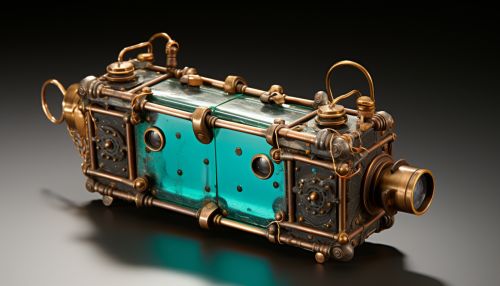Implantable cardioverter-defibrillator
Overview
An Implantable cardioverter-defibrillator (ICD) is a small battery-powered device placed in the chest to monitor heart rhythm and detect irregular heartbeats. An ICD can deliver electric shocks via one or more wires connected to your heart to fix an abnormal heart rhythm.


Indications
ICDs are typically used in patients who have had at least one episode of a life-threatening heart rhythm, or are at high risk of having one. Some of the conditions that may warrant the use of an ICD include:
- Ventricular fibrillation (VF): A chaotic, rapid heart rhythm originating in the heart's lower chambers (ventricles).
- Ventricular tachycardia (VT): A fast, regular beating of the ventricles that may lead to VF.
- Heart failure: A condition in which the heart's muscle is so diseased or weak that it can't pump blood efficiently.
- Long QT syndrome: A disorder of the heart's electrical system that can lead to VF.
- Brugada syndrome: A disorder that causes a disruption of the heart's normal rhythm, potentially leading to VF.
Procedure
The procedure to implant an ICD is usually performed under local anesthesia with sedation. It involves making a small incision in the chest where the ICD will be placed. The wires (leads) of the ICD are threaded through the veins and into the heart, and the ICD is then connected to the leads. The ICD is tested, and the incision is closed.
Functioning
The ICD continuously monitors the heart rhythm. If it detects a very fast, abnormal heart rhythm, it will attempt to slow the rhythm to a normal rate using one of two methods:
- Anti-tachycardia pacing (ATP): The ICD sends a series of small electrical signals to the heart muscle to restore a normal heart rhythm.
- Cardioversion or defibrillation: The ICD sends a larger electrical shock to the heart muscle to restore a normal rhythm.
Risks
As with any surgical procedure, there are risks associated with the implantation of an ICD. These may include:
- Infection at the site of the implantation.
- Bleeding or bruising in the area where the ICD was implanted.
- Damage to the vein where the ICD leads are placed.
- Pneumothorax, a condition in which air or gas collects in the chest or pleural space, causing part or all of a lung to collapse.
- Inappropriate shocks or malfunctions.
Living with an ICD
Most people with an ICD are able to lead relatively normal lives. However, they may need to avoid certain high-intensity physical activities and sources of strong electromagnetic fields. Regular follow-ups with the healthcare provider are necessary to ensure the ICD is functioning properly.
